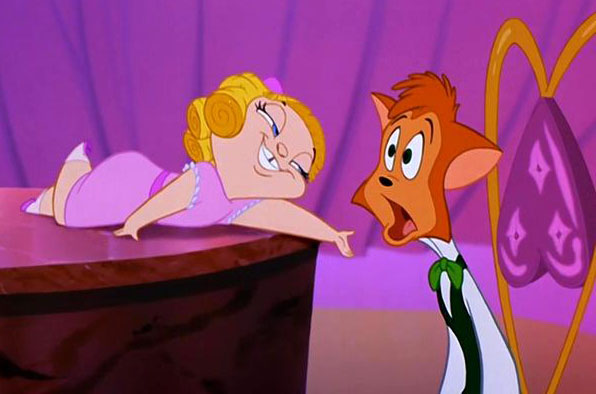
Animator and filmmaker Mark Dindal was born in Columbus, Ohio in 1960 but it was his upbringing in Syracuse, New York that had the biggest influence on his future career path. Not only was his father an artist who taught him how to draw, but the animated films of studios like Disney and Warner Bros. also inspired him. Particularly Disney’s The Sword in the Stone, which was the first animated film he watched on a screen other than his black & white TV, which made the film’s impact all the more colorful. Dindal’s passion for cartooning was present throughout high school and he later enrolled in the California Institute of the Arts (CalArts) in 1978 before being hired by Disney two years later.
While most aspiring animators gravitated towards character animation when they attended CalArts, Dindal was one of the few who gravitated towards effects animation. Dindal’s artist dad also taught biology and Dindal grew up in a science-heavy environment so the way things like fire, water and smoke could be translated to animation naturally fascinated him. Dindal had actually made a student film at CalArts similar in style to Disney’s The Old Mill (trees, thunder storms, splashing water, etc.) that showed what he could do with animated visual effects. As a result, the first assignment Mark Dindal had at Disney was animating some water effects for The Fox and the Hound (1981), which later led to work animating effects for Mickey’s Christmas Carol (1983), The Black Cauldron (1985) and The Great Mouse Detective (1986).

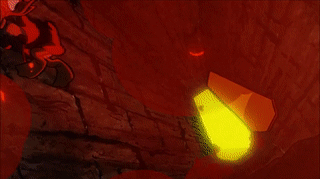

Mark Dindal’s biggest special effects tour de force at Disney would be The Little Mermaid (1989) for which he served as the visual effects supervisor, animating everything from rain to fire to magic to lots and lots of bubbles. Before working on Mermaid, Dindal studied at the Walt Disney Research Library seeing the way Disney artists of the past handled similar effects in movies like Pinocchio and Bambi (fun fact: the photostats for the rainstorm effects in Bambi were actually the same exact ones used for the rainstorm in Mermaid).

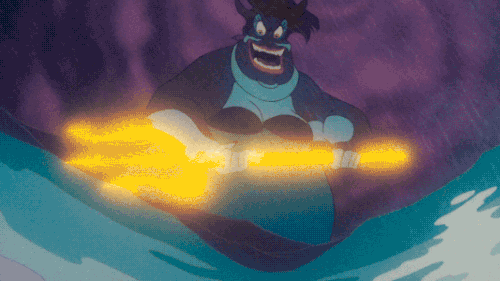

While Mark Dindal would continue working on the effects for films like The Rescuers Down Under (1990) and Aladdin (1992), one of the reasons why he moved on from the world of visual effects was partly because he felt The Little Mermaid was the pinnacle of his work so he wanted a new creative challenge. This is why he went on to direct the animated “Nazi Invasion” sequence from the 1991 superhero film The Rocketeer (while taking inspiration from actual wartime propaganda like Disney’s Victory Through Air Power) before moving on to direct features.

The first feature film Mark Dindal directed was Cats Don’t Dance (1997), an animated musical set in the 1930s about an ambitious and optimistic cat from Kokomo, Indiana voiced by Scott Bakula who dreams of becoming a movie star in Hollywood.
This film started out as a story about stray cats hanging out around the sets and studio backlots of Hollywood and it was based on true stories about a real group of cats who invaded the sets of Warner Bros. during the production of films like Casablanca, but the film’s development was constantly changing (Michael Jackson was even creatively involved at an early stage). It was being developed at Hanna-Barbera’s newly formed feature division Turner Animation where the premise eventually landed on what it became, where the cast of animal characters would grow to be bigger than just felines and they would be used as allegories for unconventional-looking actors struggling to gain mainstream attention. Soon Gene Kelly would sign on as dance consultant, Randy Newman would be hired to write the songs, Beauty and the Beast art director Brian McEntee would be hired to create the look and feel and Mark Dindal was hired to direct hot off The Rocketeer, although the constant changing of heads at Turner Animation amidst WB’s corporate problems made Cats Don’t Dance a difficult production to work on, and one that was constantly being revised and reshaped. Dindal even kept his scratch track voice recordings for Max the gorilla butler in the final film to save money on the struggling production.
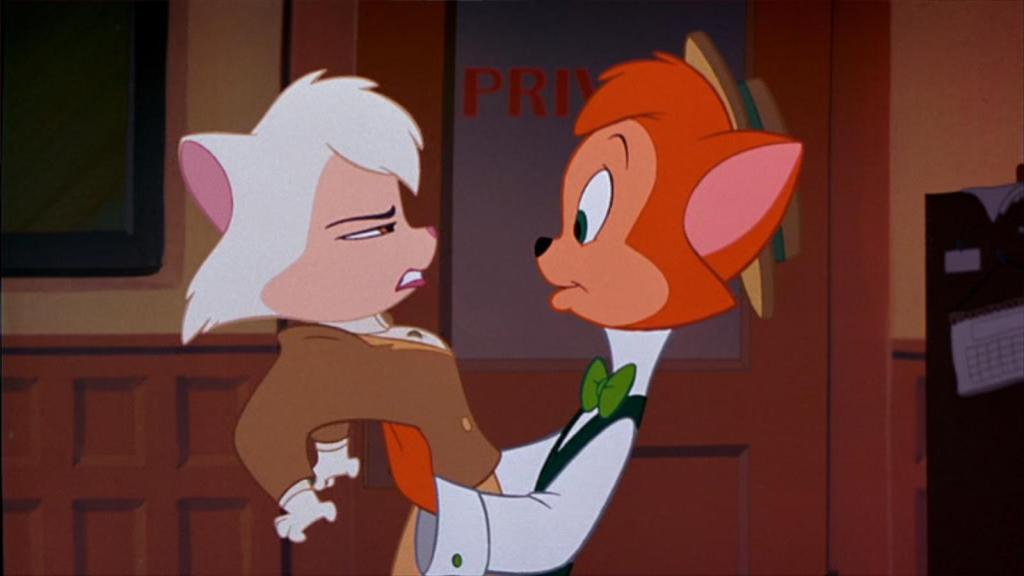
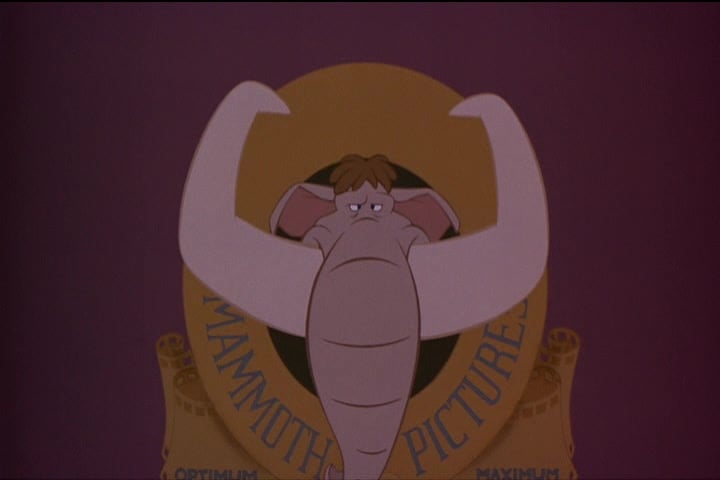

While Cats Don’t Dance had a vibrant and cartoony art style, a funny cast of characters and a sharp sense of humor, and it received generally positive reviews from critics, WB did little advertising and it bombed hard at the box office, only grossing around $3 million. Mark Dindal was frustrated with WB’s mishandling of the film but over the years its audience of fans grew and now it is a beloved cult classic.
Mark Dindal would return to Disney to direct his next film The Emperor’s New Groove (2000), which had its own share of production drama behind the scenes.
Following the huge success of Disney’s The Lion King in 1994, co-director Roger Allers was offered the chance to direct an Incan fairy tale called Kingdom of the Sun about a spoiled emperor who gets turned into a llama. This was originally going to be a more traditional and dramatic Disney film but after Disney’s Pocahontas and The Hunchback of Notre Dame both failed to ignite at the box office, producer Randy Fullmer hired Mark Dindal to co-direct Kingdom of the Sun to liven up the story with humor, but Allers and Dindal’s competing visions were basically hurting the effectiveness of the story, so Disney fired Allers and bought into Dindal’s more comedic take on the film (honestly the story of Kingdom of the Sun’s development requires its own article and there’s way more to it than what I mention about it, but I won’t get into the details here).
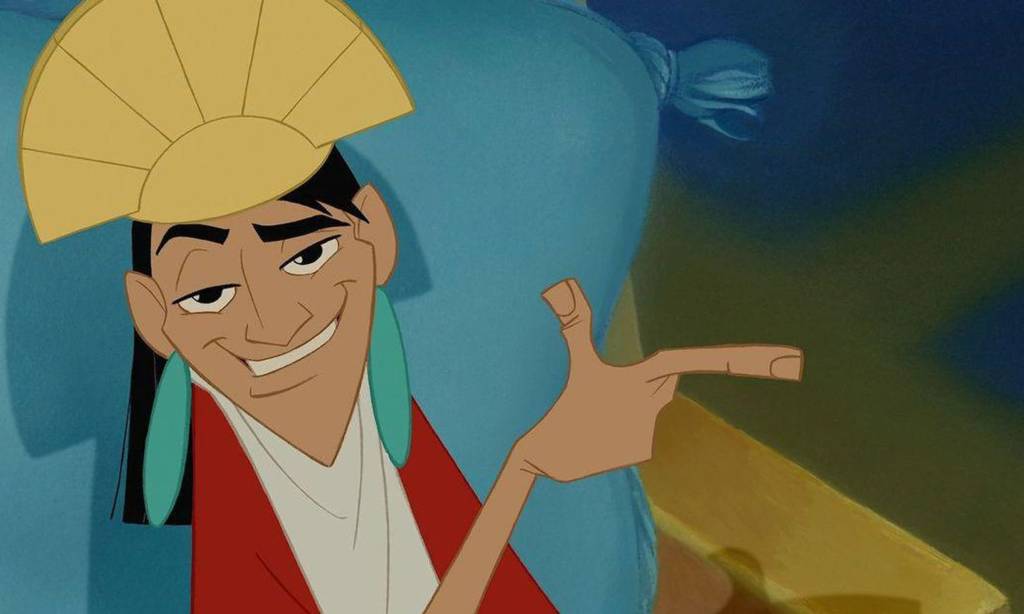


The film was renamed The Emperor’s New Groove and it starred David Spade as the spoiled Incan ruler Kuzco who teams up with a villager named Pacha (John Goodman) to foil the evil scheme of Kuzco’s royal advisor Yzma (Eartha Kitt) and her slow-witted henchman Kronk (Patrick Warburton, and partly based on the meathead character Warburton played in the sitcom Seinfeld, Elaine’s boyfriend David Puddy). The film’s comedic sensibility was very wild, ironic and un-Disney, but just like Cats Don’t Dance it was hilarious and had plenty of heart to go along with the laughs. The Emperor’s New Groove was more commercially successful but it was still not a huge hit. Although most critics and audiences liked it and it was much more popular on home video, leading to the direct-to-video sequel Kronk’s New Groove as well as the Disney Channel series The Emperor’s New School.
Mark Dindal’s next film Chicken Little (2005) starring Zach Braff would reunite Dindal with producer Randy Fullmer on Walt Disney Feature Animation’s first fully computer-animated feature film. Although in the tradition of Cats Don’t Dance and The Emperor’s New Groove, this film’s production was also rocky.

Originally Chicken Little was a girl, because as someone with a daughter, Mark Dindal found a father-daughter story relatable. But as someone with a son and not a daughter, Michael Eisner found it less relatable. We’ll never know if the movie would have been better or worse with a female protagonist, but one thing that’s certain is that the market research that many corporations use to justify actions like replacing girl characters with boy characters because movies about boys sell better was certainly nonsense (and also completely disproven after Frozen made $1 billion). Although once Chicken Little became a boy, Dindal rolled with it and added new elements like the baseball stuff. Things like the space aliens which were the reason why the sky was falling also came late in the story’s development, but Dindal did what he could to salvage the film amidst all the studio notes and he ended up making a movie that was not flawless but still entertaining enough.


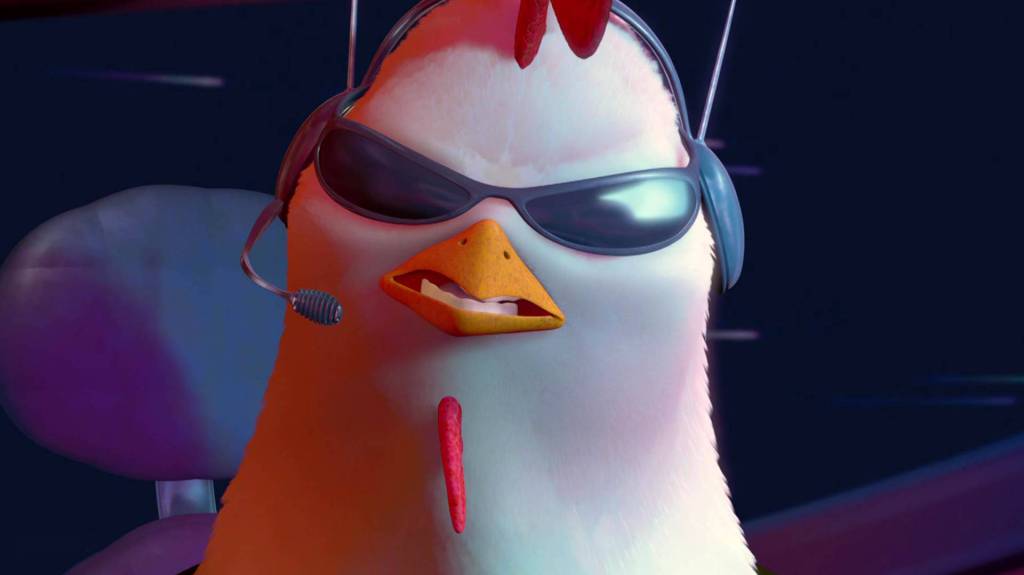
While Chicken Little was Dindal’s most financially successful film, it also got the most mixed reviews. Roger Ebert may have put it best when he basically said that the movie made him laugh but it didn’t have the universal appeal of other Disney films beyond appealing largely to kids.

Mark Dindal would not direct another film again until Sony’s The Garfield Movie (2024) featuring the voice of Chris Pratt and based on the comic strip by Jim Davis. Dindal reunites with Emperor’s New Groove writer David Reynolds for this film, and while Garfield has not had much success in the world of feature films (in terms of artistic quality) he has had success in animation before with shows like Garfield and Friends, so an animated Hollywood feature film can go either way. Although from what I’m reading in reviews so far, it is mostly just a perfectly fine and unspectacular film aimed at kids. Which of course doesn’t surprise me at all (I’ll still watch it when it comes to Netflix or Hulu so I can have my own opinion about it). Regardless, I always want Mark Dindal to succeed because I think he has a unique if underutilized voice in Hollywood animation, if only studios would appreciate it more.

